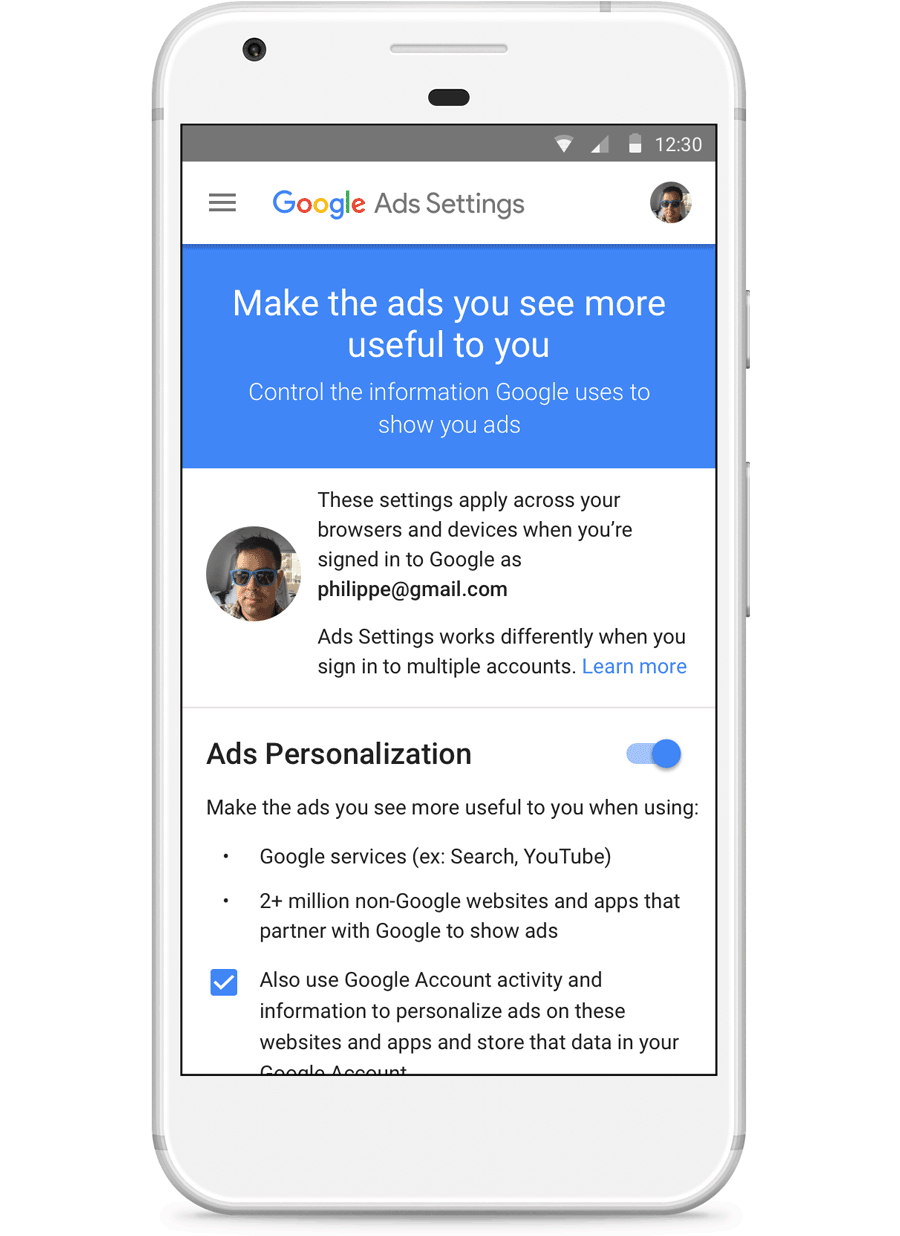With ad blocking becoming so prevalent that browsers like Google and Yandex are implementing top-down efforts to stem the tide, the pressure is on for publishers to find stable sources of revenue. For Salon, the answer lies in blockchain technology, specifically cryptocurrency.
Soon, Salon readers who use ad blockers will begin to see a different sort of pop-up window than they might on many other sites: rather than just ask visitors to whitelist the site, Salon will request permission to use their excess computing power to mine Monero, a blockchain-powered cryptocurrency.

“This is not a farce,” Salon Media Group CEO Jordan Hoffner said to Digiday. “We were intent on being the first media company to make this part of our monetization strategy.”
Salon is not the first ever to monetize web browsers’ extra processing power—Starbucks was briefly embroiled in a scandal last year when it came to light that the Wifi provider in one of its locations was hijacking customers’ computers to mine Monero without their consent or knowledge. It should be noted, however, that Salon asks for the user’s consent twice before mining for Monero, and stops when the browser is closed.
“We realize that specific technological developments now mean that it is not merely the reader’s eyeballs that have value to our site—it’s also your computer’s ability to make calculations, too,” the program’s FAQ section reads. “Indeed, your computer itself can help support our ability to pay our editors and journalists.”
Reporting only $3.9 million in earnings in the last nine months of 2017, Salon has plenty of reason to experiment with alternative revenue streams, and blockchain seems to hold the most potential. Just today, The Washington Post‘s vice president of innovation and commerical, Jarrod Dicker, jumped ship to helm a blockchain for journalism startup called Po.et.
“Right now, this is a ‘better than nothing’ strategy,” Hoffner said. “But down the line, we will get there. We just need more information to build the product.”

